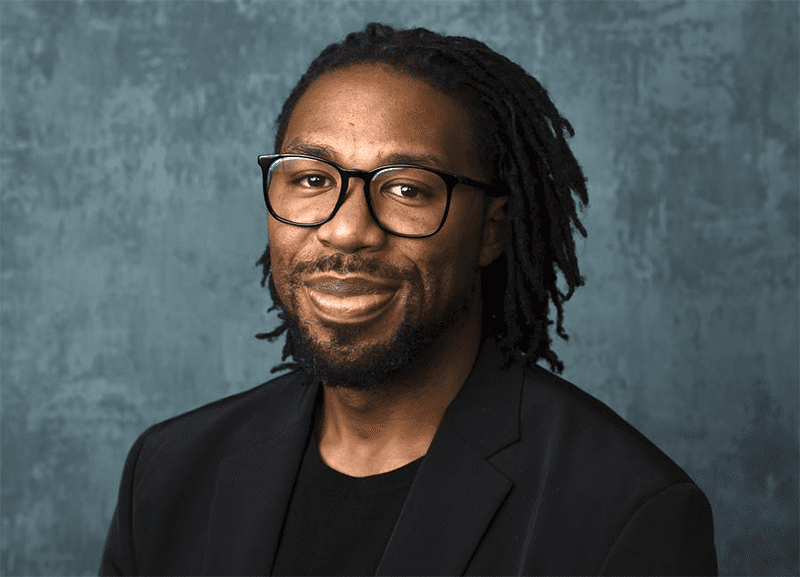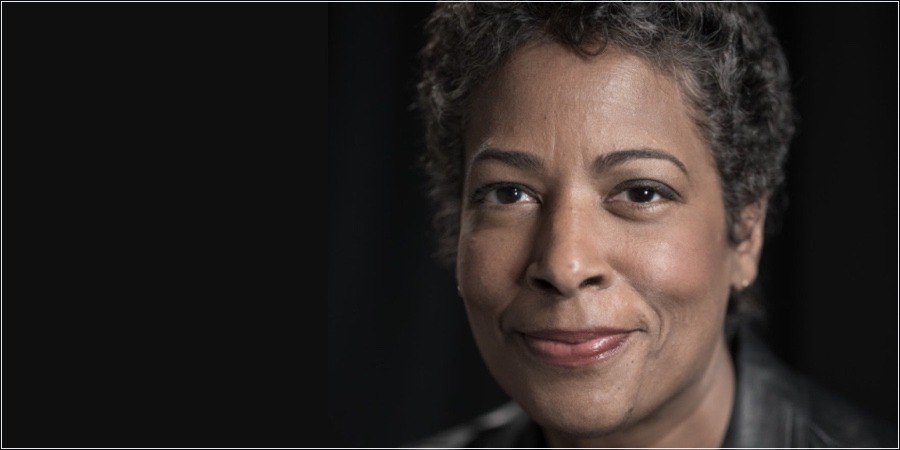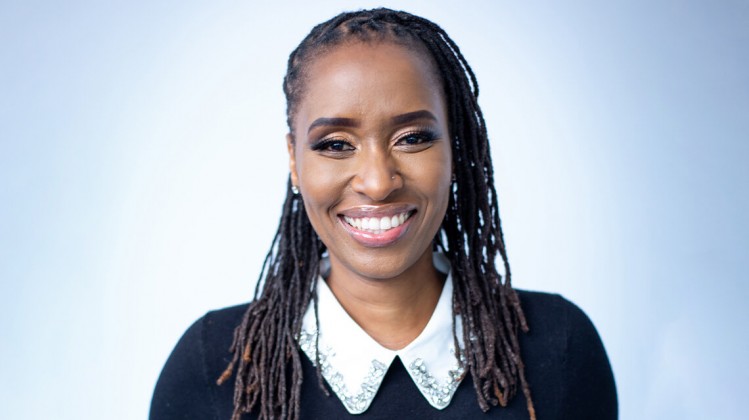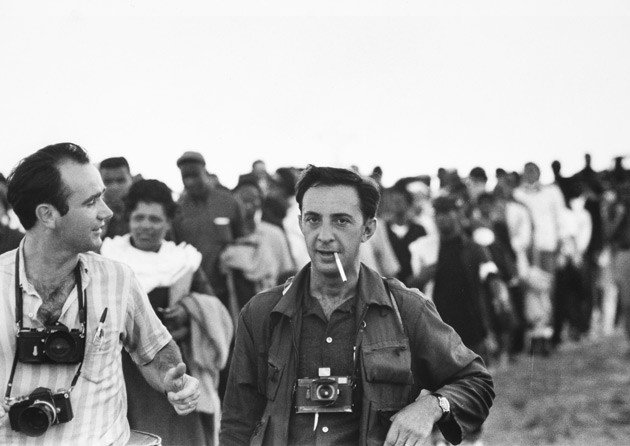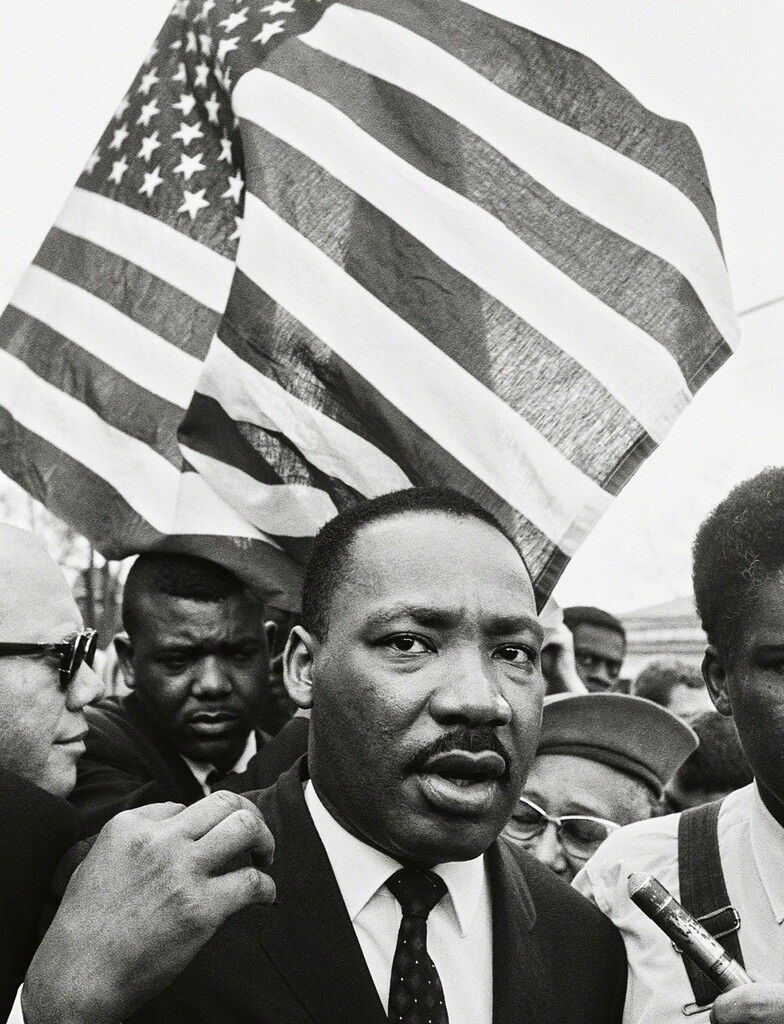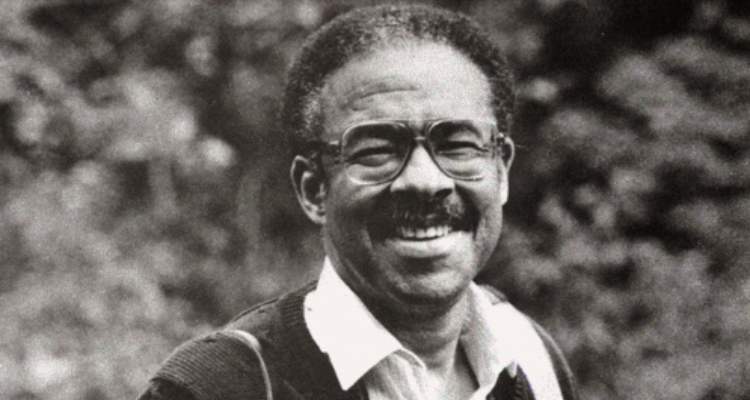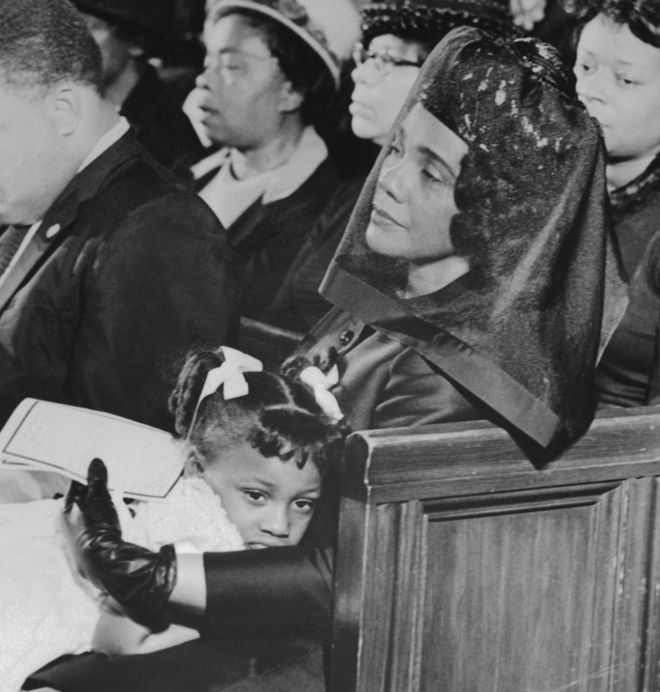Fresh off of his Super Bowl halftime performance, The Weeknd is hotter than ever before. The Weeknd’s career is laced with mystery and intrigue, and though he has been a superstar for quite some time, it feels like finally now something has changed.
The Super Bowl stage is one of the biggest gigs in music and if you told anyone 10 years ago that The Weeknd would headline it one day, they’d be surprised.
The Weeknd has grown from mystery act to global superstar, and much of that transition is the result of an acceptance of fame and giving more of himself to the world. We take a look at the humble beginnings of The Weeknd’s career and his rise to pop/R&B’s leading man.
Humble beginnings for The Weeknd
The Weeknd grew up in Scarborough, Canada, and moved around to different high schools, his last being the Birchmount Park Collegiate Institute in Scarborough.
He didn’t graduate, however, instead opting to drop out in 2007, and leaving home to live with a group of friends in a one-bedroom apartment paid for each month with welfare checks.
His stage name was born out of this period as a cool nickname. The spelling changed to “The Weeknd” as opposed to “The Weekend” in order to avoid copyright issues with the Canadian band of the same name.
The Weeknd’s After Hours album goes into detail about this early period of his life that largely inspired much of the music of the beginning of his career.
A difficult (and to many unknown) adolescence
The Weeknd and his friends would get high on a variety of drugs ranging from xanax, cocaine, mushrooms, and MDMA. This led to their eventual eviction from the apartment.
The Weeknd was homeless, hopping from house to house, telling women that he loved them so that he could stay and have a bed to sleep on at night.
In an interview with The Guardian, The Weeknd mentions that he also spent nights in jail in his later teen years and used that experience as a wake-up call to focus on the life ahead of him. That renewed focus led to his big break just a few short years later.
The Weeknd started to make music as a means of therapy for himself and would meet his main producer, Jeremy Rose, in 2010.
Rose had crafted the blueprint for a darker take on R&B and linked up with the Weeknd to begin work on some of his early tapes like Thursday and House of Balloons. The duo put songs out online that eventually got the attention of one of music’s most dominating megastars at the time.
OVO & XO
Drake is known for his ability to weave together his own hits and drop incredible albums, but one quality he rarely gets credit for is his ability to find new and exciting talent. The Weeknd in fact was one of his first major discoveries.
Drake found some of the songs that The Weeknd posted online and liked them so much, he posted them on his October’s Very Own blog in 2010.
This move brought The Weeknd from his small online fanbase to the forefront of music with hip hop’s leading hitmaker of the time sending his stamp of approval.
The two met in 2011 during The Weekend’s promotion of his House of Balloons mixtape. Drake asked The Weeknd if he would appear on the track Crew Love from his second album, Take Care.
This led to the biggest look for the young artist and put Toronto as a hub for music talent on the map, proving the city had more to offer than just Drake.
The relationship between the two became rocky at best over time as The Weeknd was beginning to feel that Drake was taking much of his music and sound from him following Drake’s attempt to sign him to his OVO record label. The Weeknd opted instead to sign to Republic Records in 2012.
That animosity since has passed as the two reunited in 2017 for multiple performances together. And most recently, Drake defended the Weeknd’s Grammy snubs saying that the awards show “may no longer matter.”
The Weeknd’s career is shrouded in mystery
The Weeknd appeared in a Rolling Stone interview in 2015, promoting his Beauty Behind the Madness album release. He detailed some of the challenges of his then-newfound fame, and why the mystery of him was important.
It was a shocking interview for the time simply because back then he didn’t talk much to the media.
In the Rolling Stone interview, when talking about his mysterious character he said:
“We live in an era when everything is so excessive, I think it’s refreshing for everybody to be like, ‘Who the f**k is this guy?’ I think that’s why my career is going to be so long: Because I haven’t given people everything.”
The Weeknd
He also claimed that the reason he avoided interviews was because of his insecurity about not finishing school and speaking to someone educated.
Regardless, the mystery angle of his career seemed to be opening up at this point. The band-aid would fully peel itself away in 2016 with the release of his album Starboy.
Becoming comfortable with superstardom
The release of The Weeknd’s Starboy album marked a true opening for the artist. The signature locks that he rocks on his head were gone in favor of a shortened cut revealing more of his face.
The album itself was a change from his usual grim R&B offerings, opting instead for his first stab at a true pop sound that he would, later on, refine throughout his career.
With this new pop sound, The Weeknd drew comparisons to Michael Jackson from fans and critics alike.
Michael Jackson is his favorite artist of all time and a generational icon, and maybe it is a stretch of comparison at this point, but the freedom in his movement and expression during this period mirrored the free-flowing ways of Jackson’s career.
The Weeknd also won a Kid’s Choice Award from singing about cocaine and bragged about it. You can’t get more mainstream and marketable than that.
The Weeknd is here
With the release of his After Hours album in 2020, The Weeknd is now five albums deep into his career and one of the biggest stars on the planet. He’s more vocal now, conducting a variety of interviews, and his plays on the media illustrate a keen understanding of the power of his fame.
Take for example his plastic surgery stunt. The Weeknd posted on social media a new look of his face causing a social media storm of confusion and coverage speculating about his plastic surgery.
It was revealed to the public by him that it was all a hoax. The face was made from makeup used to look like he had gotten plastic surgery. That manipulation of the media is genius though. The Weeknd knows that all the attention is on him and he has brought power to his own image.
Though one could argue that he always has had power over his image. The world isn’t merely opening up to The Weeknd, rather he is opening up more to us.
His Super Bowl appearance is a culmination of a decade of hard work and dedication from one of music’s brightest stars. He once said that his mystery would lead him to have a long career.
The Weeknd was playing the long game, holding us all by the strings for this moment. Ten years in the game and this is just the beginning for him.





